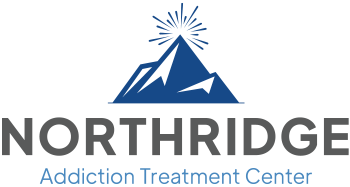What Is Crack Cocaine? Crack vs. Cocaine
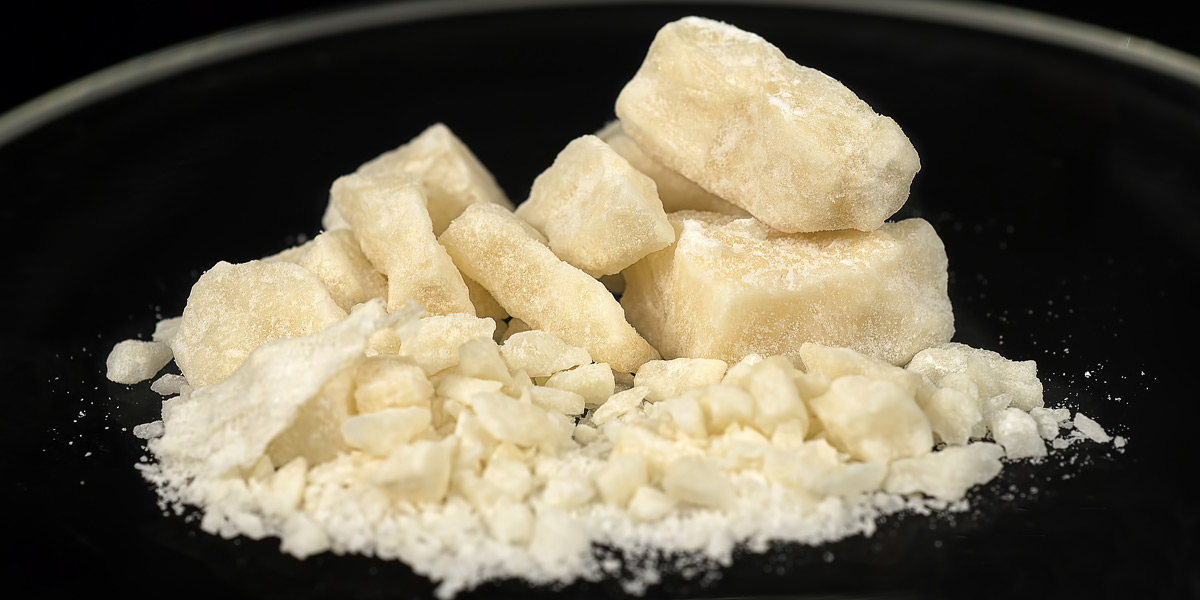
Crack vs. Cocaine
The difference between crack and cocaine is that crack is merely cocaine separated from its hydrochloride salt, the purified chemical extracted from a plant native to South America, the coca plant (Erythroxylum coca), the source of cocaine, for more than 100 years.
But crack cocaine has been widely portrayed as a wicked, killer drug of abuse— as something evil and immoral. In contrast, cocaine, the origin of the substance, has been depicted as a luxurious source of harmless enjoyment— the ‘champagne of drugs.’
In 1986, the Anti-Drug Abuse Act was introduced, the first federal law to recognize crack apart from other forms of cocaine, requiring a five-year ‘mandatory minimum’ penalty for conviction of crack possession. Five grams of crack was the same punishment for possessing 500 grams of powdered cocaine.
Because of the new sentencing disparities between crack and powder cocaine possession in the United States, the National Institute of Health (NIH) studied the correlation between substance abuse and arrests of both forms of cocaine.
Data collected from the National Survey on Drug Use and Health (NSDUH) reported that crack users were significantly more at risk than powder cocaine users for lifetime arrest or multiple arrests.
These findings helped Congress pass the Smarter Sentencing Act of 2014, aiding in cocaine-related sentencing disparities.
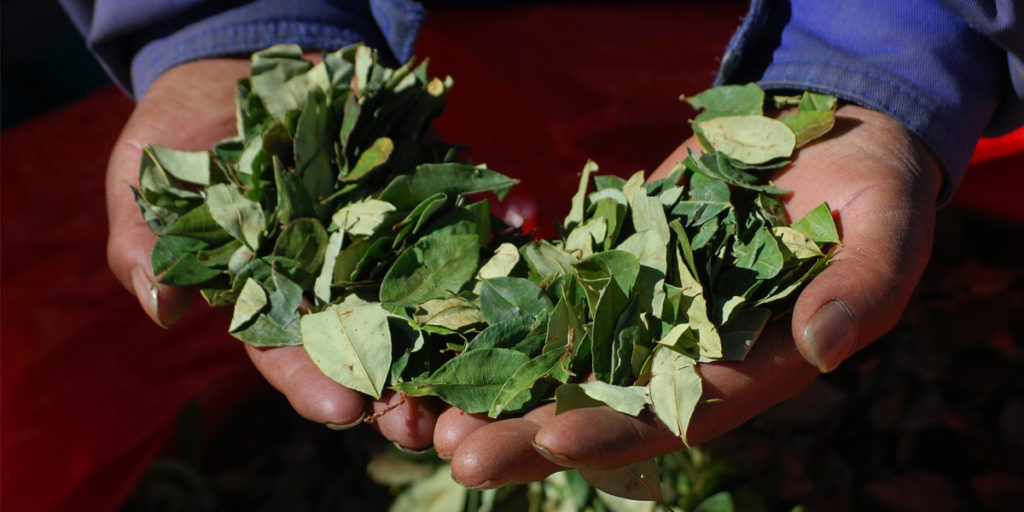
What Is Cocaine?
Cocaine is a potent and addictive central nervous system stimulant drug, typically sold in powdered form.
It is processed from the leaves of the coca plant grown in Bolivia, Peru, and Colombia. Although 90% of cocaine powder in the United States is produced in Colombia, most of it entering the United States comes through Mexico. The extracted cocaine makes two types:
- Cocaine hydrochloride: a fine white powder that has traditionally been extracted and isolated from the plant
- Freebase or cocaine base: a processed form of the drug made with ammonia or baking soda and water, then heating it to take out the hydrochloride to form a smokable substance. The term free base refers to freeing the cocaine base from its salt.
Cocaine is snorted or sniffed, injected, or smoked, including free base and smoking crack. When a person smokes cocaine, they inhale the cocaine smoke into the lungs, entering the bloodstream as fast as injecting it.
Drug dealers often dilute or ‘cut’ cocaine with substances, including talcum powder, sugar, flour, cornstarch, or baking soda. In addition, they are known to contaminate cocaine with other drugs like anesthetics or amphetamines. Some cocaine users mix cocaine and heroin.
What Is Crack Cocaine?
Crack is the street name for cocaine that has been removed from its hydrochloride salt to a free base for smoking. In contrast to cocaine, crack looks like small chunks of an off-white solid or ‘rocks.’
The street name comes from the crackling noise you hear when you smoke crack, possibly caused by the baking soda.
Cocaine’s hydrochloride salt is extracted by illegitimate chemists, usually with baking soda or ammonia and water, a microwave, and minimal knowledge of chemistry.
Crack is not a new drug, just a different delivery system of cocaine; it’s the latest technology of cocaine but increases the risk of intravenous use to the regular cocaine user who previously opposed injecting. Crack users tend to be people who snort cocaine or new users rather than former cocaine injectors.
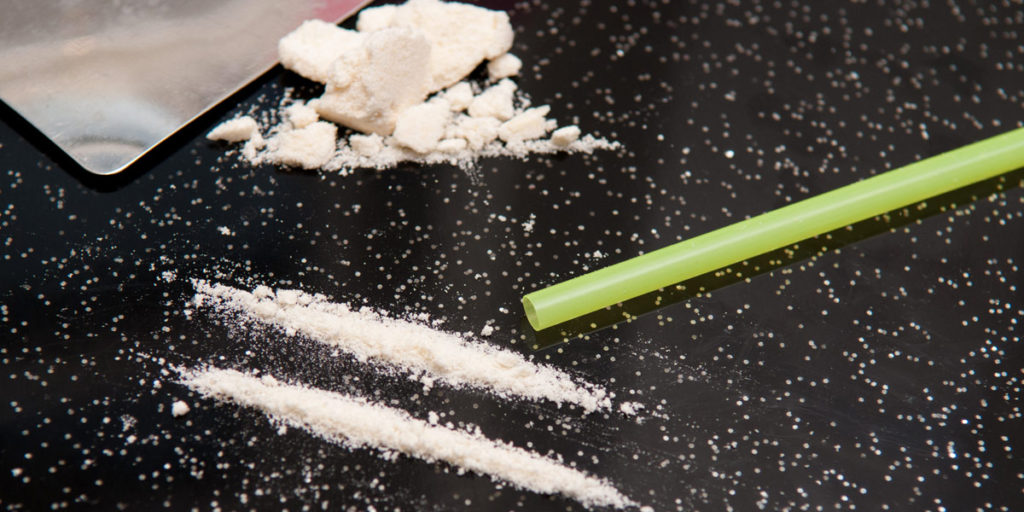
What Are the Effects of Cocaine and Crack?
The effects of crack and cocaine develop almost instantly and disappear in a short period of time— from a few minutes to an hour. Any method of use can lead to toxic amounts of the drug resulting in heart attacks, strokes, or seizures, all of which can cause sudden death.
Small amounts of cocaine typically cause the user to feel euphoric, energetic, talkative, mentally alert, and sensitive to sound, touch, and sight. At the same time, large amounts may increase potency and lead to violent, bizarre, and erratic behavior. Feelings of anxiety, panic, paranoia, restlessness, and tremors have also been linked to large amounts of cocaine.
Short-Term Effects
Cocaine and crack affect everyone differently, though some short-term effects include:
- Happiness
- Confidence
- Dilated pupils
- High blood pressure
- Higher body temperature than normal
- Elevated heart rate
- Unpredicatable, aggressive behaviors
- Reduced appetite
- Dry mouth
- Agitation
- Insomnia
- Paranoia
- Headaches
- Feeling physically strong or mentally sharp
- Dizziness
Long-Term Effects
The adverse effects of crack are like those of cocaine, though particular routes of cocaine abuse can produce their own harmful effects.
When a person snorts cocaine regularly, it can result in loss of a sense of smell, reoccurring nosebleeds, problems with swallowing, hoarseness, and an irritated nasal septum, causing a chronically inflamed, runny nose. Smoking crack severely damages the lungs and can worsen asthma.
Regular use of cocaine can cause:
- Strokes
- Seizures
- Organ damage
- Kidney failure
- Heart disease
- Lung conditions like bronchitis
- Movement disorders like Parkinson’s disease
- Psychosis and paranoia
- Sexual dysfunction
Chronic users usually experience loss of appetite and go through severe weight loss and malnutrition. The drug also has severe effects on the heart, and users typically feel chest pain like a heart attack that sends many cocaine and crack users to the emergency room.
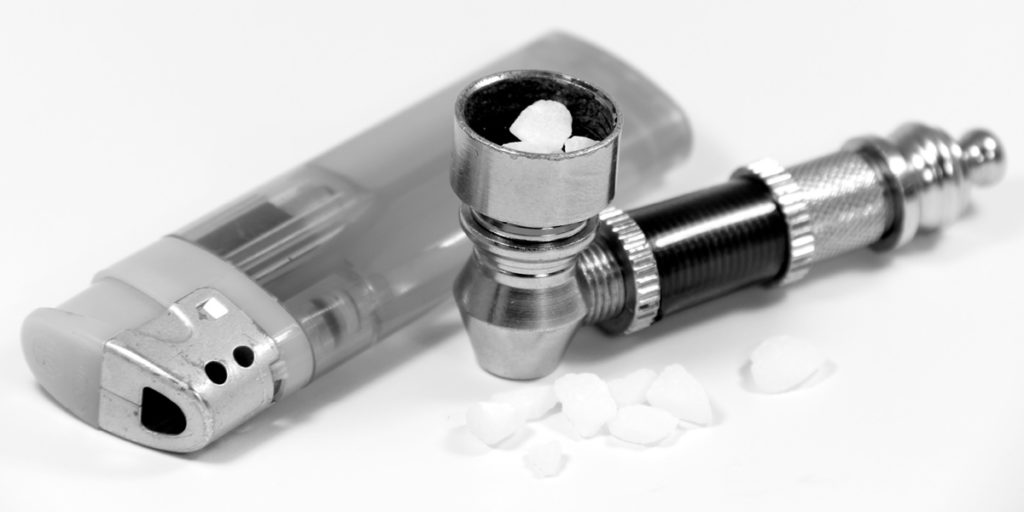
What Are the Three Phases of Cocaine Withdrawal?
The withdrawal effects of cocaine usually begin around 6 to 12 hours after the last use. The withdrawal symptoms typically happen in three phases:
- Crash – feelings of cocaine cravings, depression, anxiety, severe exhaustion
- Withdrawal – lack of energy, anxiety, agitation, insomnia, cocaine cravings, and an inability to feel enjoyment
- Extinction – withdrawal symptoms steadily diminish over several months
Crack Cocaine Addiction
According to the National Institute on Drug Abuse (NIDA), cocaine is one of the most prevalent and potentially harmful illicit drugs. And in 2013, it accounted for 6% of all admissions to addiction centers.
Most people looking for a treatment facility to treat cocaine addiction smoke crack, and typically use several other drugs. However, many behavioral treatments for cocaine and crack addiction have proven successful in a residential treatment setting. These drug-free residences are therapeutic communities that can provide support in improving self-confidence and mental health.
Northridge Addiction Treatment Center’s holistic residential facility in Los Angeles addresses every resident’s needs to discover the addiction’s source for lasting, beneficial drug rehabilitation.
NATC’s addiction treatment programs offer detox with medical supervision, medication-assisted treatment, and personalized treatment plans made with our expert team of counselors, doctors, and nurses to help you or your loved one during all recovery stages.
Let us help you find your unique path to recovery. Reach out today to begin your journey to peace.
Find Meaningful Recovery
Our caring and compassionate specialists are eager to help you comfortably navigate this journey to recovery. Our individualized treatment plan, programs, and therapies may be a perfect match for you or your loved one. Let us assist you in living the happy life you deserve. It starts with a phone call.

